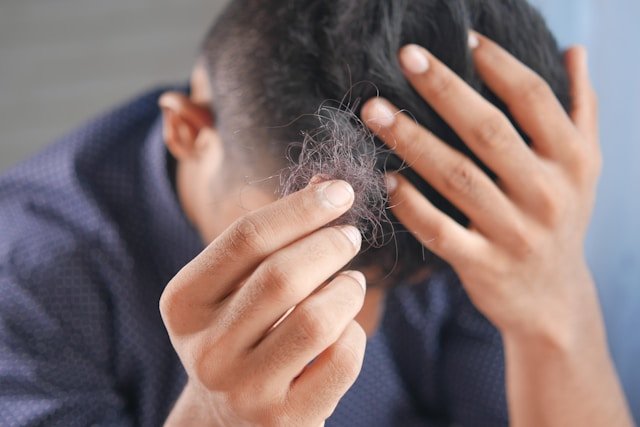
Male androgenetic alopecia (MAA), commonly known as male pattern baldness, is the leading cause of hair loss among men. This condition can progress at varying rates, depending on the individual, and can significantly affect a person’s confidence and mental well-being. As a result, you may be exploring treatment options.
There are three primary treatment options for those experiencing male pattern baldness. The choice of treatment will depend on your desired outcome. Fortunately, this article outlines the three available options.
Aesthetic Solutions
While not the most lasting solution, aesthetic methods for covering hair loss have been widely used. Options abound, ranging from hairpieces and wigs to specific hairstyles, which can effectively address issues like thinning hair or receding hairlines. These temporary solutions are favored for their convenience and rapid results.
Hairpieces and similar products are affordable and readily available, making them appealing for those seeking instant relief. Some individuals may opt to dye their hair, enhancing the appearance of fullness. Aesthetic solutions can also complement other treatments, such as hair transplants or medications, which will be explored later. This combination can be especially beneficial during the initial stages of more permanent treatments.
Hair Transplantation
If you’re after a more lasting solution, a hair transplant may be the ideal choice. This procedure entails harvesting hair from the back of the scalp and transplanting it to balding areas. The transplanted hair typically continues to grow as usual and can be styled and washed post-procedure.
There are three main hair transplantation techniques utilized by specialists: follicular unit excision (FUE), follicular unit micrografting, and follicular unit transplantation (FUT), according to the Physician’s Hair Restoration Center (PHRC).
Whichever method you consider, it’s essential to choose a qualified professional. Dr. Carlos Puig, the founder of PHRC, is an expert with over 20,000 successful hair transplants to his credit in more than 45 years in the field. This level of expertise is crucial if you decide to pursue a hair transplant.
Medications
The third treatment option for male pattern baldness involves medication. Several types of medications, including finasteride and minoxidil, are commonly used for this condition. Finasteride is a prescription oral medication, while minoxidil comes in various topical forms such as foams and lotions. These medications aim to slow down or halt hair loss.
As with many treatments, it’s advisable to consult a healthcare professional, like a dermatologist, before starting any medication. This is critical to understanding potential side effects. For instance, while finasteride is generally well-tolerated, it may lead to decreased libido in some individuals.
In conclusion, if you are experiencing male pattern baldness, seeking professional guidance is essential. While you may start with aesthetic options like wigs, medical expertise will be necessary for medications or hair transplants.






